Activated Charcoal Powder
₦2,000.00 – ₦17,500.00
Description
Activated charcoal is found in many soap and skincare products, due to its cleansing, exfoliating and detoxifying properties. It’s highly absorbent with detoxification, exfoliation and cleansing properties, and so perfect for the formulation of diverse bath and body products.
Common Name: Activated Charcoal
INCI Name: Charcoal Powder
Appearance: Black, odourless, fine/ super-smooth powder
Derived From: 100% bamboo plant
Extraction Method: High-temperature steam activation
Part of Plant: Bamboo Wood
Storage: Keep it tightly sealed in a cool and dry place
Shelf Life: 2 years
Solubility: Insoluble in water
Formulation Guide
Activated charcoal is not water-soluble. You can add it directly to your soap batter, but it’s easier to mix if you first disperse it in oil or alcohol (depending on the type of soap you’re making).
Suggested usage rates to get a nice black soap with no-colour lather/ foam:
- Melt and Pour Soap Making: Use 1 teaspoon to 1 tablespoon of activated charcoal per pound (500 grams) of melt-and-pour soap base. Disperse 1 teaspoon activated charcoal powder into 1 tablespoon 99% isopropyl alcohol.
- Cold Process Soap Making: Use 1 to 2 teaspoons per 500 grams of oil. Disperse 1 teaspoon into 1 tablespoon activated charcoal powder a light-weight liquid oil. Mix the activated charcoal powder into the oil before adding the lye solution. If you’re swirling, add it when the soap is lightly traced.
- Hot Process Soap Making: Use 1 to 2 teaspoons per 500 grams of oil.
Tips to Avoid Having Clumps When Using Activated Charcoal to Colour Soap Naturally
- Blend in the activated charcoal powder into the oil before adding the lye (caustic soda) solution.
- Slowly to blend in the activated charcoal powder. Start by dispersing half teaspoon activated charcoal into the oil, to avoid clumping and also to observe the colour intensity.
- When dispersing/ blending the activated charcoal, use a mini mixer, milk frother or stick blender.
- Properly blend the activated charcoal powder with a stick blender or mini-mixer until it is fully mixed, and then add your lye water.
To Get a Blacker Soap Colour
- Making your soap go through gel phase will make the colour darker.
- Add more charcoal powder until you get the shade depth you like.
- Using a stick blender to blend the charcoal powder into the oil helps achieve a deep black soap colour with less charcoal powder. Stick-blending the activated charcoal into your soap batter makes it darker than using hands to stir in the activated charcoal because the stick blender makes it disperse more easily into the soap batter.
For a Gray or Dark Gray Soap Colour
Generally, using less activated charcoal powder yields between grey and dark grey.
Extra Notes:
- Using too much activated charcoal in a skincare product dries out the skin.
- If you add too much activated charcoal during soap making, your soap could have a light grey lather/ foam, but your soap lather/ foam will be white if you use less quantity. Test different quantities of charcoal powder and see what you like best.
- When using activated charcoal in bath products such as bath bombs, bubble baths, bath salts and soaks, adding polysorbate 80 helps make the charcoal powder disperse and blend better in water.
Why Bamboo? Bamboo charcoal is four times more absorbent than regular wood charcoal, which makes it more effective. Activated bamboo charcoal further increases the effectiveness of regular bamboo charcoal.
Activated charcoal is popularly found as an ingredient in toothpaste, face masks, bar soaps, face and body scrubs, cleansers, water purifiers and even air fresheners. When used in a face mask or in bath and body products, Charcoal acts like a magnet to soak and pull-out oil, bacteria and impurities from the skin, deep-cleanses the pores, exfoliates dead skin cells, thereby helping to improve the complexion or relieve acne. Aside from its skincare benefits, activated charcoal is used as a natural colourant to give bar soaps a beautiful shade of grey to black colour, depending on the quantity used.
Activated Charcoal vs Ordinary Charcoal
All types of charcoal are obtained from burned woods. However, activated charcoal is obtained from charcoal that are further treated to ‘activation’ (via high temperature or chemical) in order to increase their absorption and adsorption capabilities. Our activated bamboo charcoal is steam-activated.
Regular bamboo charcoal and activated charcoal have the same adsorption abilities, but activated charcoal can bind/ hold onto the substances it adsorbs better than ordinary charcoal.
Charcoal that has gone through activation has a larger surface area (than regular charcoal), making it more is a more effective absorbent and a better adsorbent than ordinary charcoal. Hence, activated charcoal is preferable by makers of bath and body products, as well as in other industries.
Uses of Activated Charcoal
In Soap Making and Skincare Products: Activated charcoal is used as a natural detoxifying and exfoliating agent in soap, face masks, body scrubs, shampoo, bath bombs and body wash.
As a Soap Colourant: It’s also used as a natural soap colourant that yields non-staining gray to black shades, depending on the quantity used.
In toothpaste and teeth-whitening powders.
In Air Fresheners and Air Purifiers: Ready-made reusable Activated Bamboo Charcoal air freshener bags products are popular as effective natural deodourizer and air purifier. Unlike regular air fresheners that mask an unpleasant smell with a fragrance, Bamboo Charcoal deodourizes a room by completely removing the bad odour without an added fragrance. It absorbs the bad smell, gets rid of pollutants and allergens from the surrounding/ room, thereby purifying the air.
As Water Softener and Purifier: When placed in water or used in water filters, activated charcoal softens the water, absorbs and removes harmful chemicals and pollutants.
As Natural dehumidifier: Activated bamboo charcoal is used to reduce excess humidity and dampness in homes and to prevent mold growth. When bamboo charcoal bags are placed in rooms, wardrobes and other enclosed spaces, activated charcoal adsorbs/ draws excess moisture from the air.
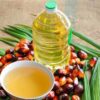

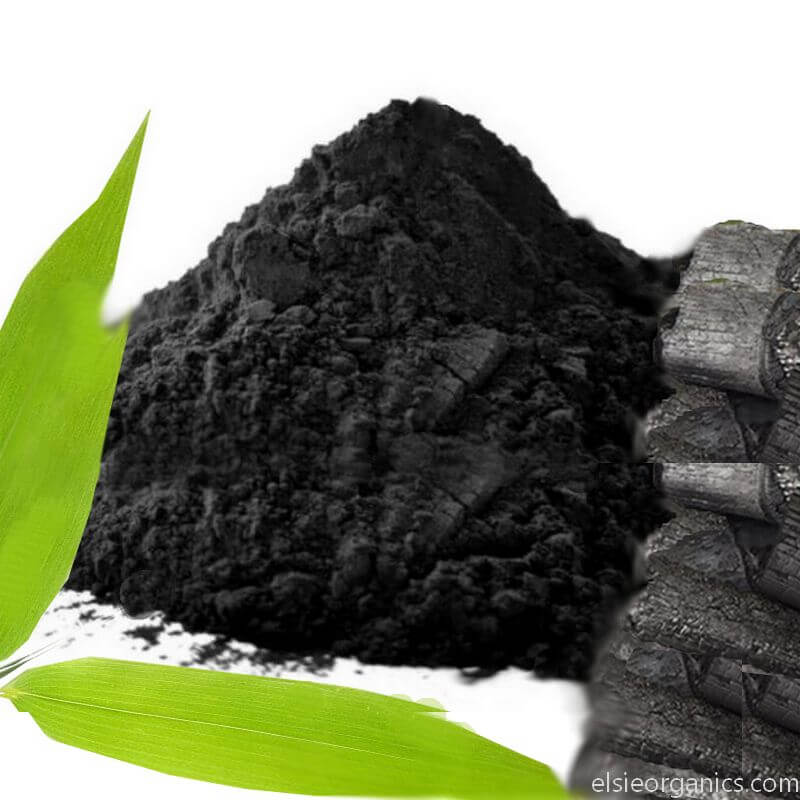
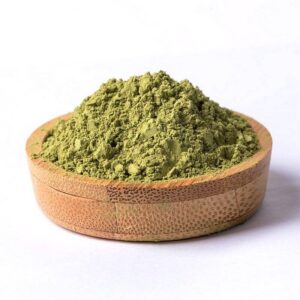
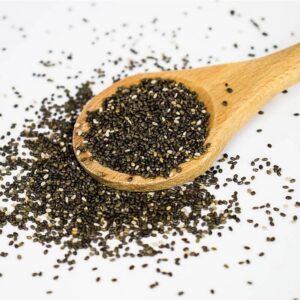

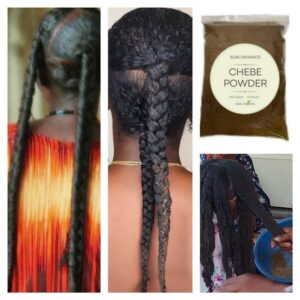
Reviews
There are no reviews yet.